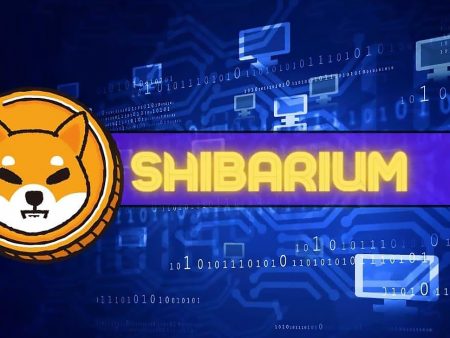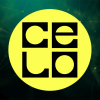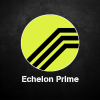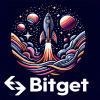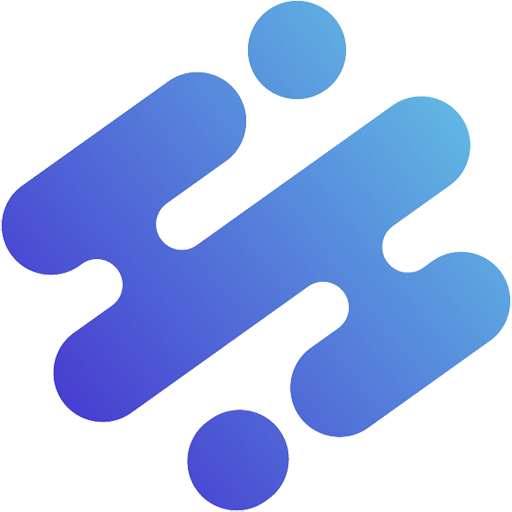Eigenlayer is emerging as a pioneering solution to securing the Ethereum network through the Restaking model. This project opens new opportunities for users and developers to optimize both profitability and security.
In this article, AZCoin will guide you through the details of Eigenlayer, how it works, and the importance of the EIGEN token.
What is Eigenlayer?
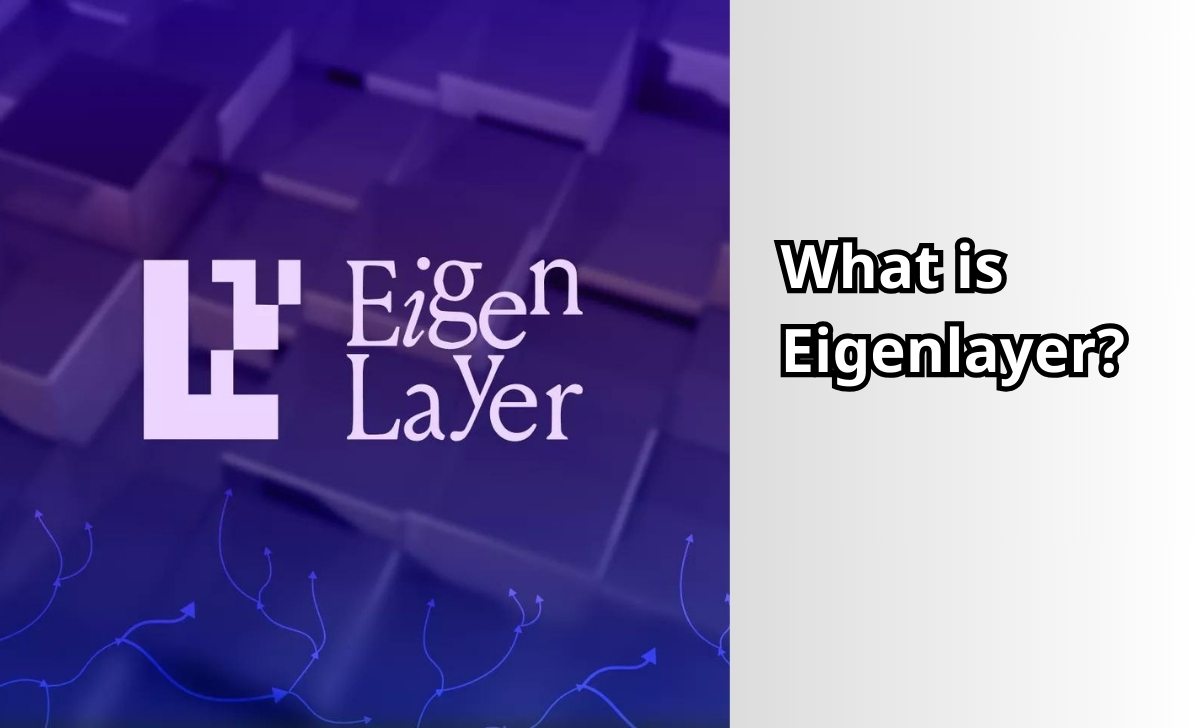
EigenLayer is a system of smart contracts deployed on the Ethereum platform, allowing individuals staking ETH to participate in validating new modules and protocols within the Ethereum ecosystem. This project introduces the concept of Restaking in Ethereum’s Proof-of-Stake (PoS) network.
When participating, ETH stakers allow EigenLayer’s smart contracts to impose additional slashing conditions on their staked ETH. In return, these users receive additional revenue from the services they choose to contribute to security.
The Restaking concept introduced by EigenLayer benefits both targeted groups:
- Stakers: Earn rewards from both their staked ETH and from the services they choose to secure.
- DApps: Benefit from Ethereum’s security without incurring excessive costs.
How Eigenlayer works
EigenLayer introduces two ideas within the Restaking model:
Pooled security via Restaking
EigenLayer enhances security for protocols by allowing them to leverage the security power of the Ethereum network. Instead of relying solely on 50% of a security system’s assets to defend against attacks, EigenLayer requires hackers to control over 50% of the total assets across the entire protocol.
This makes attacks more difficult as the attacker would need to control the entire EigenLayer network. Validators in the Pooled Security model must also agree to strict slashing conditions, ensuring high security for the entire system.
Fee-Market governance
EigenLayer creates an open market between Ethereum validators and security services (AVS). Validators can choose which protocols to offer services to without being obligated to provide pooled security. They can assess risks and rewards before participating.
ETH stacked into EigenLayer is used as collateral to secure Ethereum and provide validation services for other protocols. This brings the following benefits:
- Node Operators: Can select services such as Oracle, Data Availability, Sidechains, Rollups, StakeStone and earn rewards based on the services they provide.
- Stakers: Stake ETH on the platform and earn rewards based on the amount of assets they contribute.
- New DApps: Do not need to build new security systems, but can instead purchase security services from EigenLayer, reducing costs and pressure on developing security.
Pons and cons of Eigenlayer
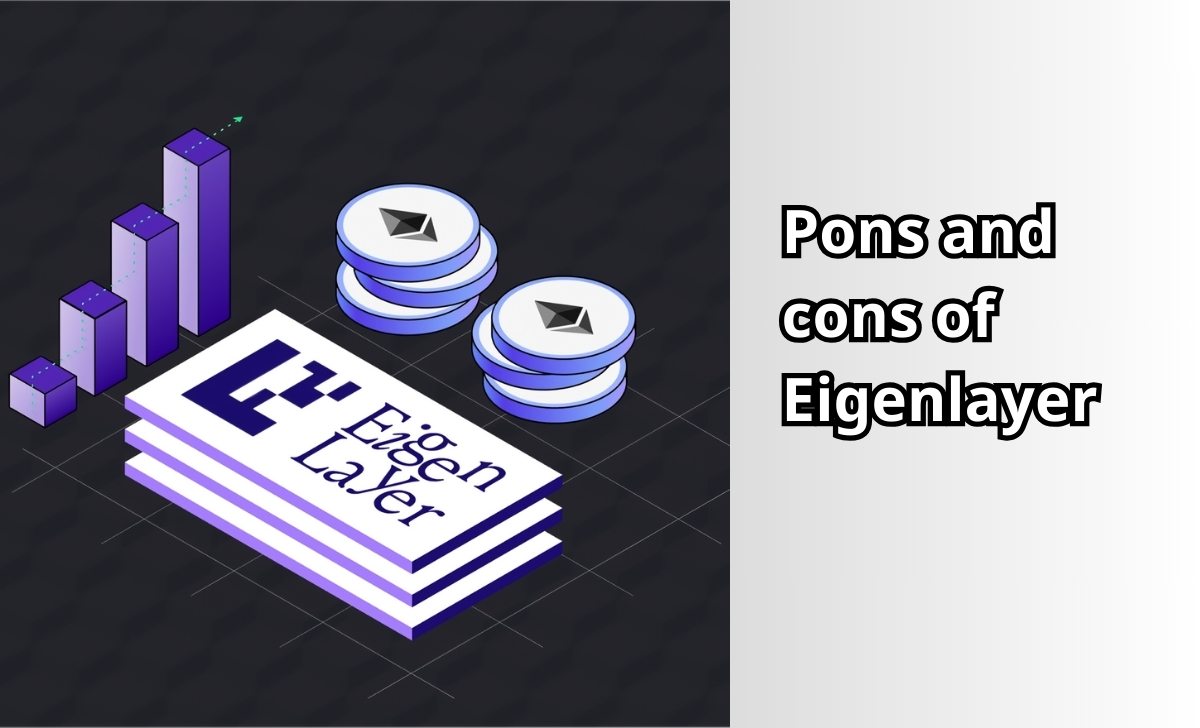
Pons
EigenLayer offers several pons for both stakers and developers:
- Increased Staking Profits: With Restaking, users can earn rewards from multiple protocols, increasing overall returns compared to staking ETH on Ethereum alone.
- Enhanced Reliability: The use of large capital pools reduces the risk of a 51% attack and increases the cost for attackers, thereby improving the system’s reliability.
- Reduced Capital Costs: Validators can reuse capital for multiple services, helping to reduce validation costs. Developers also benefit from EigenLayer’s existing validator set, significantly lowering financial costs and time compared to building security systems from scratch.
- Simplified Network Security: Restaking on EigenLayer provides flexibility for the Ethereum ecosystem, allowing smaller projects to easily access and leverage the network’s security without needing to invest heavily in their own security systems.
Cons
Restaking on EigenLayer comes with some risks, including:
- Slashing Risk: When staking ETH or LST, you risk being penalized for misconduct on dApps. Penalties can be up to 100% of your ETH assets, so it’s crucial to comply with regulations and maintain integrity.
- Centralization: If EigenLayer attracts too much staked ETH, it could lead to a risk of system attacks or asset takeovers. Users might transfer withdrawal credentials to EigenLayer, increasing the risk of centralization.
- Reduced Returns: As more stakers compete to earn profits from AVS, the actual returns for protocol users may decrease.
Overview of EIGEN Token
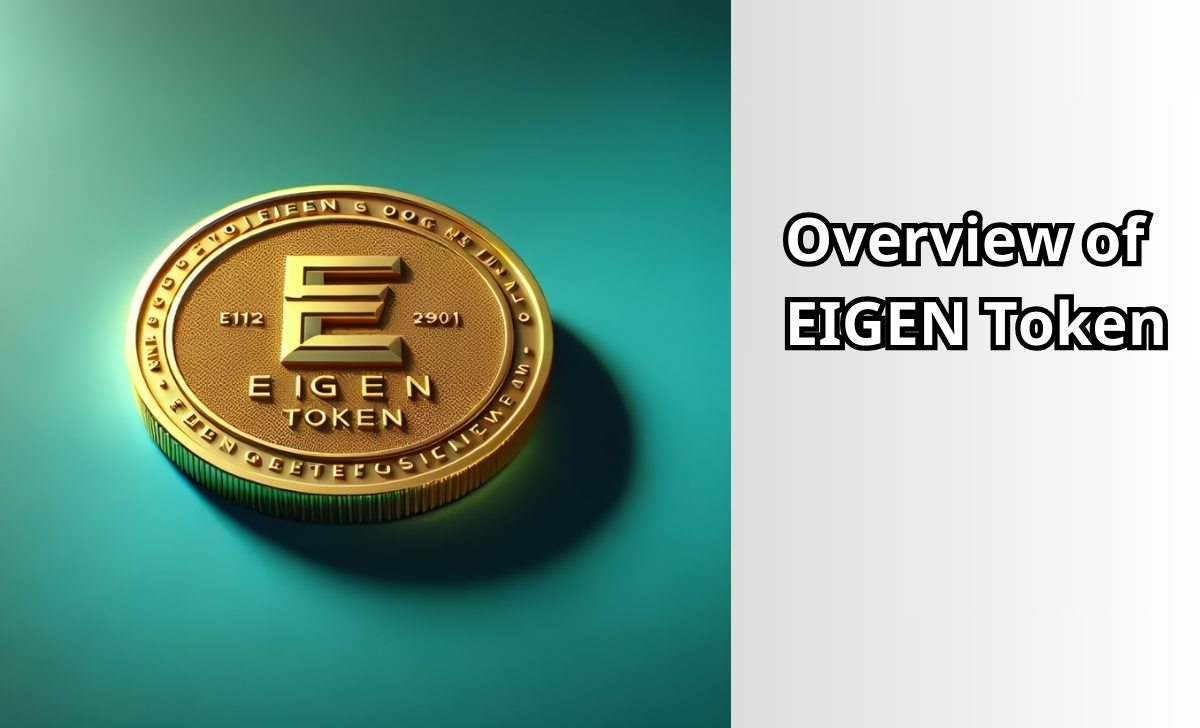
EIGEN token key metrics
- Token Name: EigenLayer token
- Ticker: EIGEN
- Blockchain: Ethereum.
- Token Standard: ERC-20.
- Contract: Updating…
- Token Type: Utility & Governance.
- Total Supply: 1,670,000,000 EIGEN
- Circulating Supply: Updating…
EIGEN token allocation
- Stakedrops: 15%
- Community: 15%
- Ecosystem Development: 15%
- Early Contributors: 25.5%
- Investors: 29.5%
What is the EIGEN token used for?
The EIGEN token plays a crucial role in the EigenLayer ecosystem. It is used for:
- Transaction Fees: Transactions on EigenLayer require payment in EIGEN tokens.
- Staking and Security: Validators need to stake EIGEN tokens to participate in the network and secure transactions.
- Governance: EIGEN token holders can participate in governance and decision-making processes related to the project.
Where to buy and sell EIGEN tokens?
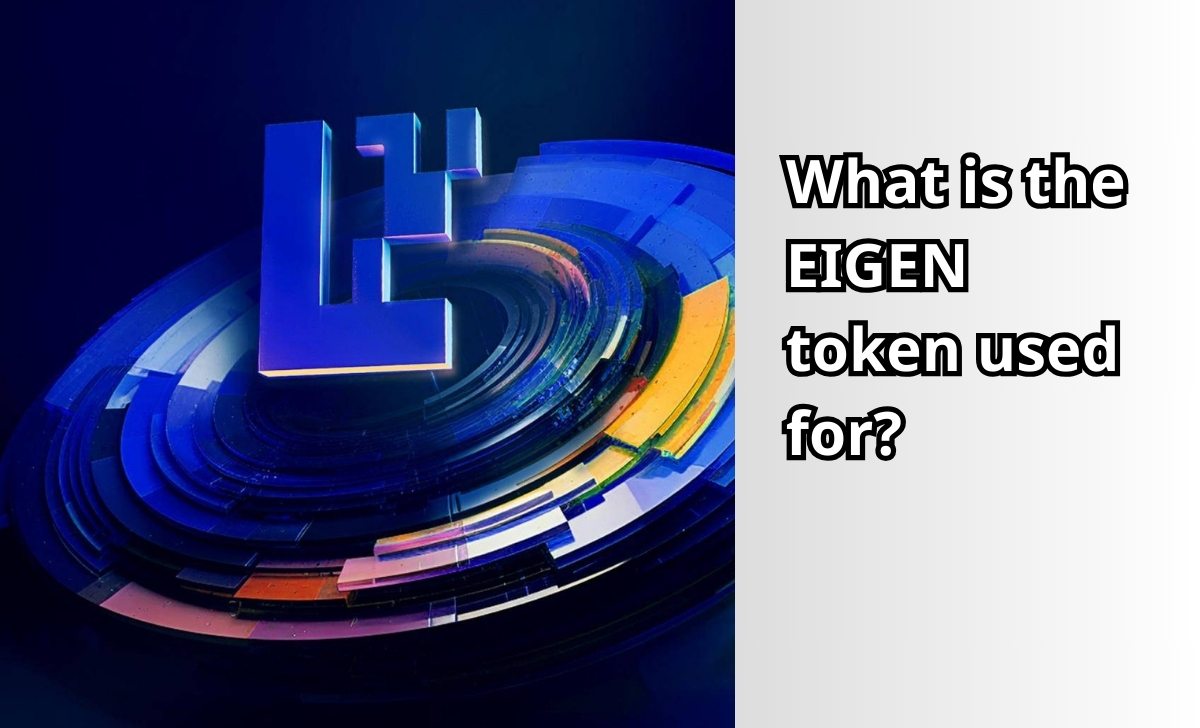
EIGEN tokens can be bought and sold on the best crypto exchanges 2024, such as Binance, Coinbase, and Kraken. Additionally, users can trade EIGEN tokens on DEXs like Uniswap or SushiSwap.
Where to store EIGEN tokens?
EIGEN tokens can be stored in ERC-20-compatible wallets like MetaMask, Trust Wallet, and Ledger Nano S/X. These wallets offer high security and easy access for users.
Should you invest in EIGEN tokens?
Investing in EIGEN tokens requires careful consideration. The EIGEN token has potential due to EigenLayer providing security solutions and creating flexible staking opportunities.
However, risks such as slashing, centralization threats, and fluctuating returns need to be considered. Investors should thoroughly assess the project, research the market, and consider their risk tolerance before making an investment decision.
Conclusion
In summary, EigenLayer offers a new and effective approach to securing the Ethereum network and optimizing profits from staking. For the latest updates and in-depth analysis of crypto-currency projects, follow AZcoin—a trusted source for insightful and reliable perspectives.

I am Louis Dang, living in Ottawa, Canada. I am currently working as a trader for AZCoin company, with 7 years of experience in the cryptocurrency market, I hope to bring you useful information and knowledge about virtual currency investment.

